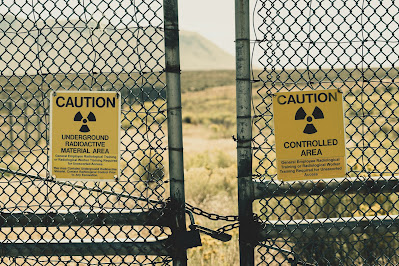Why are Memories Forgotten?
Do you remember what you ate for dinner two months ago? Or do you remember the last text message you sent to that friend you last talked to? For most of you, no, you don’t know, our minds are just simply not made to remember insignificant details, but some people can remember, but most forget. So why do we forget things, and how are they stored? Firstly, how are memories made in the first place? As much as we talk about the brain being this muscle being capable of being highly intelligent with an inner monologue and mental thinking capacity; most of our brain is made up of neurons. According to the Brain Institute of Queensland, neurons are fundamental units of the brain and nervous system, responsible for the sensory input from the external world, relaying motor and thinking skills, transforming and relaying electrical signals for every step. When we experience something, the neurons in our brain physically interact with our senses, and create something called s...










Comments
Post a Comment